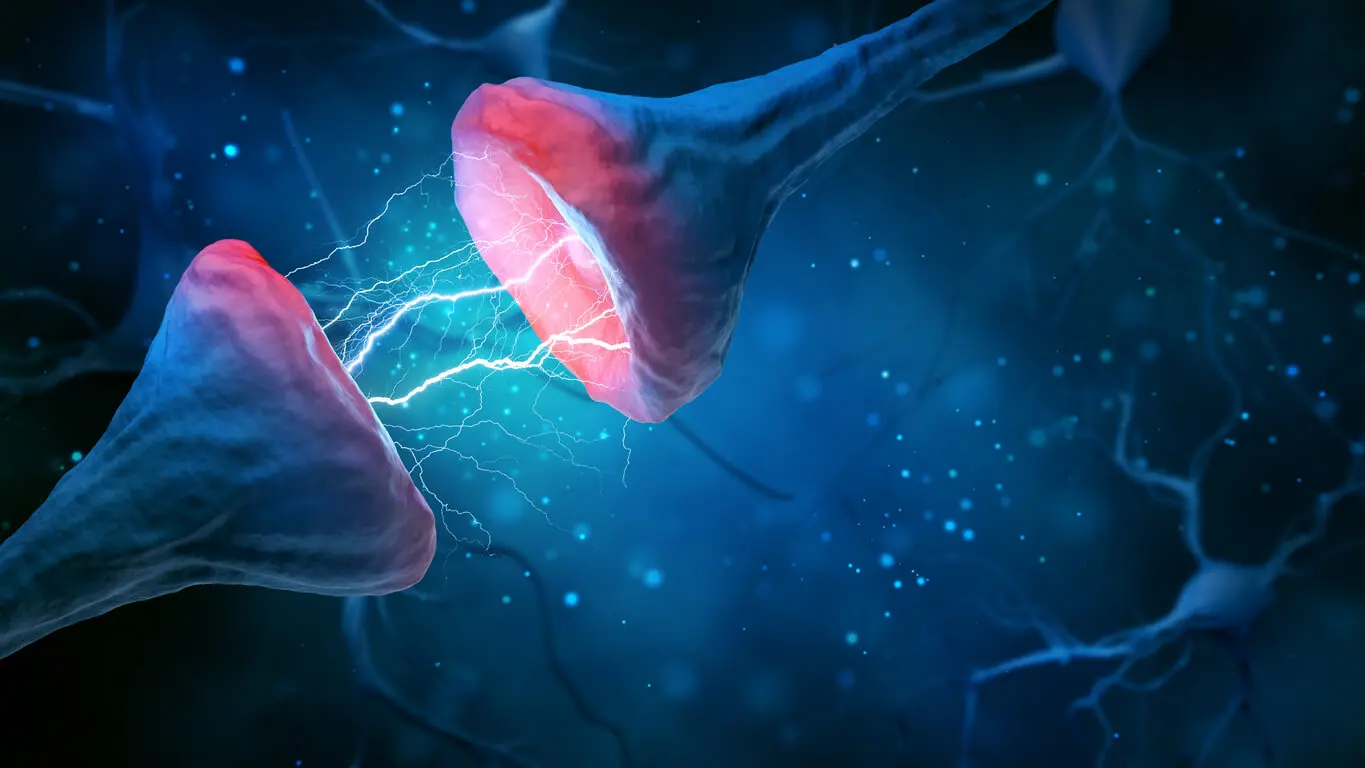Emergentism as a Philosophy and its Characteristics


Written and verified by the philosopher Maria Alejandra Morgado Cusati
Emergentism is a scientific and philosophical paradigm that defends that everything that exists doesn’t derive solely from the sum of its constituent elements, but emerges or arises from interaction – as a whole that’s irreducible to its parts.
Therefore, emergent phenomena are novel entities and ontologically different from the elements from which they were created.
An example of an emergent phenomenon would be the human mind. In this case, it would emerge from the distributed interaction between various neural processes. This can’t be reduced to any of the components involved in the process, since none of the neurons is conscious on its own.
What does emergentism consist of?
A property is said to be emergent if it arises from the interaction of other system properties, and is itself different. To understand this better, we can look at the distinction between emergent and resultant effects made by the philosopher George Henry Lewes in his Problems of Life and Mind (1875).
In this case, the resultant effects can be calculated by the mere addition or subtraction of their causes acting together. For example, in calculating the weight of an object, we can add up its component parts.
In contrast, emergent effects can’t be calculated in this way, since they are qualitatively new in comparison with the causes they emerge from. For Lewes, an example of such effects would be mental phenomena.
Thus, the essential motto of emergentism is that the whole is always more than the sum of its parts. Therefore, when matter is united according to physical-chemical laws, it produces systems whose properties are new and aren’t reducible to any of the properties of their constituent parts.
It should be noted that emergentism is opposed to reductionism, which states that phenomena can be described from other simpler or more fundamental phenomena. In other words, it assumes that a complex system is no more than the sum of its parts and that it can be understood by studying its constituent elements.

Read more here: What Is Hellenistic Philosophy?
Characteristics of emergentism
It’s worth mentioning that within emergentism there are different theories that differ, to a greater or lesser extent, from each other. Moreover, the concept of emergence is applied to fields of knowledge as different as psychology and thermodynamics.
Therefore, it’s difficult to synthesize the diversity of emergentist theories and their applications. However, we can delve deeper into the concept of emergence and highlight the common features.
Anti-reductionist naturalism
A common feature of all emergentist theories is the combination of naturalism and anti-reductionism. In this sense, they’re naturalistic because they defend that there are no supernatural or special substances that cannot be explained scientifically. In turn, they’re antireductionist insofar as they assume that there are higher-level properties that cannot be reduced to those of the lower level.
Combining both positions is one of the major difficulties of emergentism. And depending on the concept of reduction and of substance or natural component, one or other forms of emergentism will be defined.
Existence of micro and macro levels
Emergentism affirms that there are micro and macro levels in the phenomena of the world. It considers that a global structure or pattern (macro-level) emerges from the local interactions between the components of a system (micro-level).
For example, a hurricane can be considered an emergent process, whose micro-level is constituted by air molecules in motion. The macro-level is the spiral pattern we observe.
Novelty and unpredictability
Emergent phenomena are associated with novelty or surprise and unpredictability of their occurrence, given a previous state. However, for many emergentists, novelty or unpredictability is too weak a criterion for defining emergence. Whether something is novel or unpredictable is due to the relationship between the observer and the observed phenomenon.
For example, something may be novel the first time it’s observed, but after we become familiar with the phenomenon, it becomes predictable. Furthermore, as the nature of emergent processes is studied and classified, unpredictability will cease to be a determining factor.
Find out more here: Rationalism: What Is It and How to Apply It To Everyday Life?
Types of emergentism
As already mentioned, there are different theories within emergentism. Therefore, classifications have been established in an attempt to pigeonhole each one of them.
Weak versus strong emergentism
Depending on the degree of the emergence of a phenomenon, a distinction has been made between weak and strong emergentism:
- We speak of weak emergence when it’s assumed that some properties are identified as emergent by an external observer, but they can be explained by the properties of the primary constituents of the system. This position is compatible with reduction, as it assumes that emergence is the product of observation and that the phenomenon can be explained through the elements that have produced it.
- Strong emergence, on the other hand, refers to properties independent of all observation and with causal powers of their own. That is, the emergent properties aren’t reducible to the previous ones and have effects on the same systems that have produced them.
Synchronic versus diachronic emergentism
In this case, the distinction made refers to the novelty of the emergence:
- In synchronic emergence, predominant in the philosophy of mind, higher-level emergent phenomena are present simultaneously with the lower-level phenomena from which they emerge. For example, mental states or properties coexist with states or properties at a neural level. This position is compatible with strong emergentism.
- In contrast, diachronic emergence is a horizontal emergence, which evolves over time and the structure from which the new property emerges exists prior to the emergent one. This is characteristic of weak emergentist theories, which usually discuss complex systems, evolution, cosmology, artificial life, etc.

Objections to emergentism
One of the objections to emergentism is related to the so-called principle of causal closure of the physical world. This refers to the fact that any physical effect has a physical cause that is sufficient and complete.
That is, physics has the resources to explain all effects, and so it doesn’t have to resort to other sciences. There’s quite a lot of discussion about what reasons we have for believing in this principle, as well as what its content really is, as it isn’t very clear what “physical” actually is.
However, most philosophers (and scientists) believe that the principle is true. Therefore, the problem of the emergentist is that he rejects such an apothegm.
In other words, emergentism defends top-down causation: emergent phenomena leave their imprint on the physical world, although they belong to a different, higher level.
Emergentism is one of the many philosophical and scientific paradigms that try to understand the nature of the human being and the world around him. However, like the rest of the positions that investigate the great mysteries of existence, it has its flaws.
All cited sources were thoroughly reviewed by our team to ensure their quality, reliability, currency, and validity. The bibliography of this article was considered reliable and of academic or scientific accuracy.
- Aboites V. Caos, Emergentismo y Estados Mentales: Un Análisis de la Frontera entre la Física y la Mente. Acta Universitaria [Internet]. 2009 [consultado 19 abr 2022]; 19(2):53-58. Disponible en: https://www.redalyc.org/articulo.oa?id=41612893008
- Braun R. La conciencia humana y el emergentismo. Persona [Internet] 2011 [consultado 19 abr 2022]; 14: 159-185. Disponible en: https://www.redalyc.org/pdf/1471/147122650007.pdf
- Nikolidaki S y Theodoropoulou E. The emergence of emergent philosophizing: preliminary notes. Childhood & Philosophy [Internet]. 2017 [consultado 19 abr 2022]; 13(26):153-165. Disponible en: https://www.redalyc.org/articulo.oa?id=512064879009
This text is provided for informational purposes only and does not replace consultation with a professional. If in doubt, consult your specialist.








